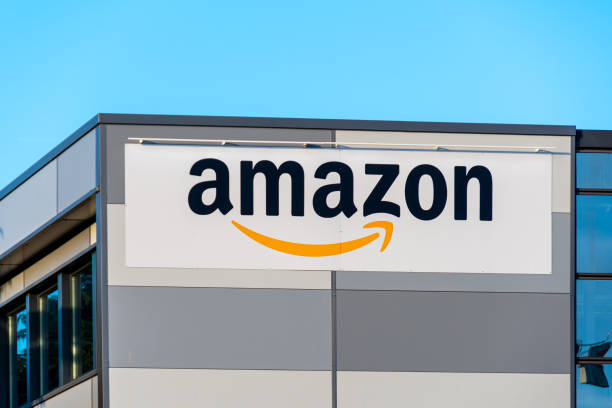In the widespread digital landscape of e-commerce, Amazon stands as a colossus, a titan of online retail. As the behemoth of the industry, Amazon provides a platform not only for selling products but also for advertising them. Among its plethora of advertising options, Amazon Display Ads CPC have emerged as a powerful tool for brands to reach their target audience. However, understanding the dynamics behind the cost-per-click (CPC) trends and patterns in Amazon Display Ads is crucial for marketers aiming to optimize their advertising strategies effectively.
The Rise of Amazon Display Ads
Amazon Display Ads are gaining popularity with advertisers for their precise audience targeting using browsing and purchasing behaviors on the platform. These ads appear across various locations on Amazon’s website, including product detail pages, search results, and even off-Amazon sites through Amazon’s advertising network.
Unpacking CPC: Cost-Per-Click
CPC is a key metric in online advertising, representing the cost incurred by an advertiser each time a user clicks on their ad. Analyzing CPC trends can provide valuable insights into the competitiveness and effectiveness of ad campaigns.

Factors Influencing Amazon Display Ads CPC
Several factors contribute to the fluctuation of CPC in Amazon Display Ads:
- Competition: The level of competition within a particular product category or niche can significantly impact CPC. Higher competition often leads to increased bids, resulting in higher CPCs.
- Seasonality: Seasonal trends and shopping seasons can influence CPC rates. For instance, CPCs tend to rise during peak shopping periods such as Black Friday or Christmas, as advertisers vie for consumer attention.
- Ad Relevance and Quality: Amazon’s algorithm considers ad relevance and quality when determining CPC. Ads that are highly relevant to the user’s search query or browsing history may enjoy lower CPCs, incentivizing advertisers to focus on ad quality and targeting precision.
- Ad Placement: The placement of ads within Amazon’s ecosystem can affect CPC. Ads placed in prominent locations, such as on product detail pages or in search results, may command higher CPCs due to increased visibility and engagement potential.
Analyzing Trends and Patterns
By delving into historical CPC data and identifying recurring patterns, advertisers can make informed decisions to optimize their Amazon Display Ad campaigns:
- Benchmarking: Compare CPC trends across different time periods to identify outliers and anomalies. Understanding baseline CPC rates allows advertisers to set realistic campaign goals and budgets.
- Keyword Analysis: Conduct keyword analysis to identify high-value keywords with lower CPCs. Optimizing ad content around these keywords can help minimize CPC while maximizing ad relevance.
- Ad Creative Testing: Experiment with different ad creatives and formats to gauge their impact on CPC. A/B testing allows advertisers to identify the most effective ad variations and refine their strategies accordingly.
- Seasonal Adjustments: Anticipate seasonal fluctuations in CPC and adjust advertising budgets and strategies accordingly. Planning campaigns ahead of peak shopping seasons can help advertisers capitalize on increased consumer demand while minimizing CPC inflation.

Conclusion
Analyzing Amazon Display Ads CPC trends and patterns provides valuable insights into the dynamics of online advertising on the platform. By understanding the factors influencing CPC rates and leveraging data-driven strategies, advertisers can optimize their campaigns to achieve maximum ROI and drive business growth in the competitive world of e-commerce.
In the ever-evolving landscape of digital marketing, staying ahead requires not only creative innovation but also a deep understanding of the underlying data and trends. As Amazon continues to dominate the e-commerce space, mastering the nuances of its advertising ecosystem is essential for brands looking to thrive in the digital marketplace.












